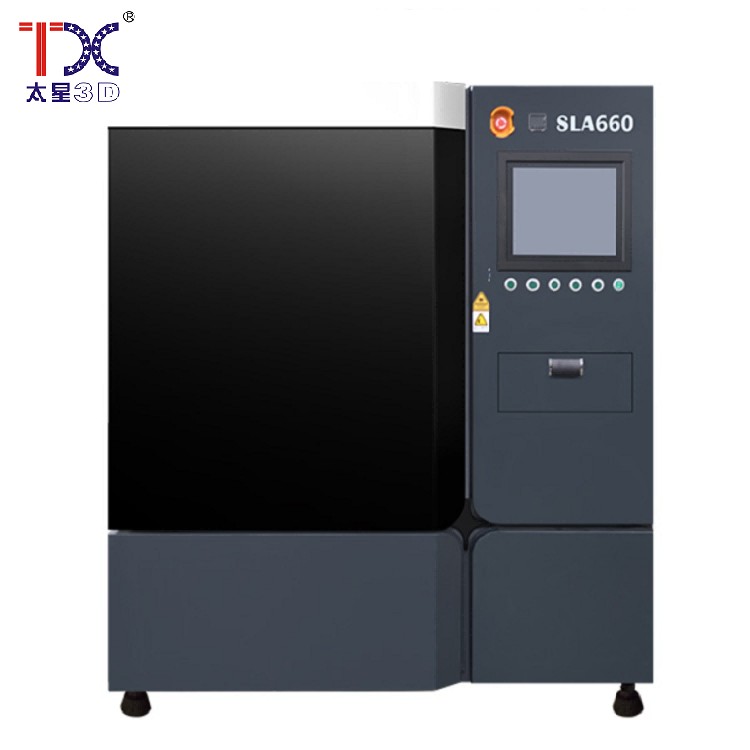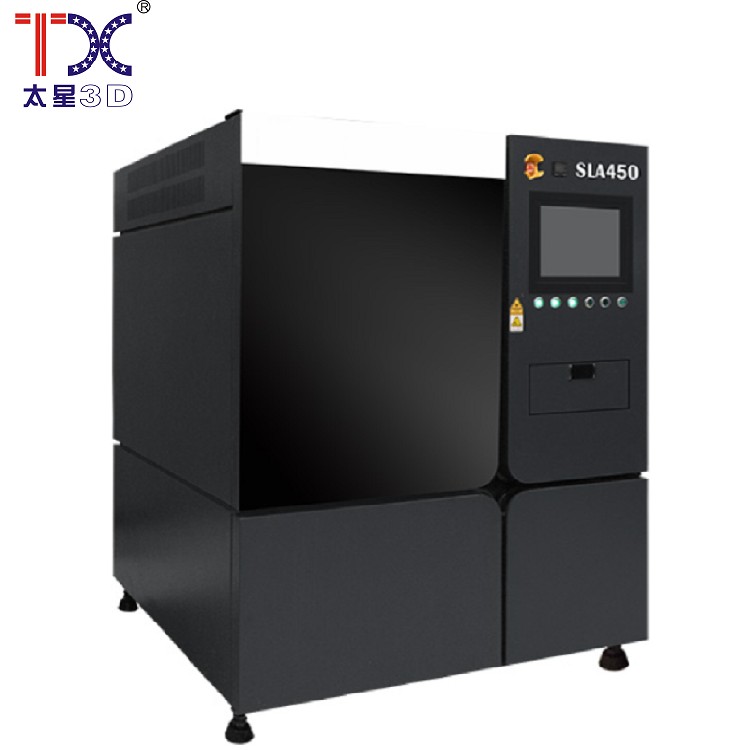
2-axial CNC machine PDF
2-axis CNC machine: PDF and simple explanation
Modern production processes are inconceivable without accurate and fast equipment. One of these tools is a 2-axis CNC machine. Imagine a powerful machine capable of processing metal, wood or plastic, following instructions specified in digital format. This is the CNC machine. And 2-axis indicates that it is able to move the tool in two directions, usually along the X and Y axis. This allows you to create various parts, from simple rectangles to more complex shapes.
What is CNC and how does it work?
CNC, or numerical software control, is a system that allows the machine to follow certain instructions. These instructions are recorded in the form of a digital code in a special file (often in PDF format), which determines the tool trajectory and processing parameters. In a simplified form: the user creates a drawing, then this drawing is translated into a code that is understandable to the machine. The machine, using this code, exactly performs all the necessary movements and operations, which guarantees high accuracy and repeatability of the result. This process resembles following a given route, where each movement is precisely calculated.
The use of 2-axis machines with CNC.
2-axial CNC machines are widely used in various industries. For example, they are ideal for the manufacture of parts with rectilinear and curved contours, such as: furniture blanks, clippings for decorative elements, small metal parts. They can also be used for prototyping when you need to quickly and accurately make a layout of the future product. In the small production of a 2-axis CNC machine, it allows you to reduce the cost of labor costs with high quality products. Due to the simplicity of programming, such machines are often used for educational purposes and at small enterprises, where flexible and universal equipment is required.
The advantages and disadvantages of 2-axis machines.
Despite the relative simplicity, 2-axial CNC machines have a number of advantages: high processing accuracy, increased performance, process automation. However, they may not cope with tasks requiring processing in three or more axes, for example, the creation of complex three -dimensional details. In general, 2-axial machines are a convenient and practical tool for performing various tasks of processing materials in a limited complexity range. The choice of a particular machine depends on the specifics of tasks and production needs.
AppropriateProducts
Corresponding products
The best soldproducts
The best -selling products-
 Taisin Gravity-milling machine EMC-650
Taisin Gravity-milling machine EMC-650 -
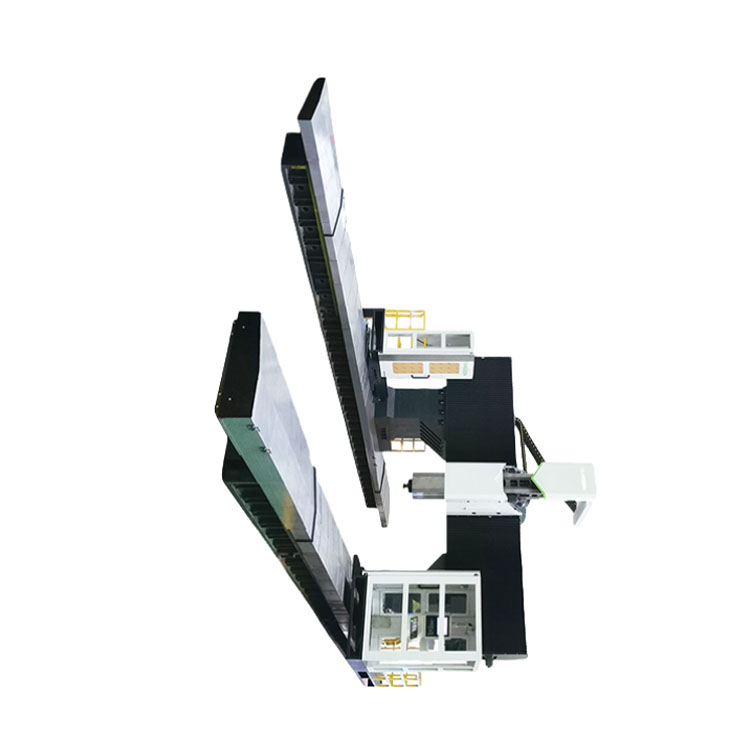 Taisin Pyatioseva CNC processing center for machining TXMT-21042
Taisin Pyatioseva CNC processing center for machining TXMT-21042 -
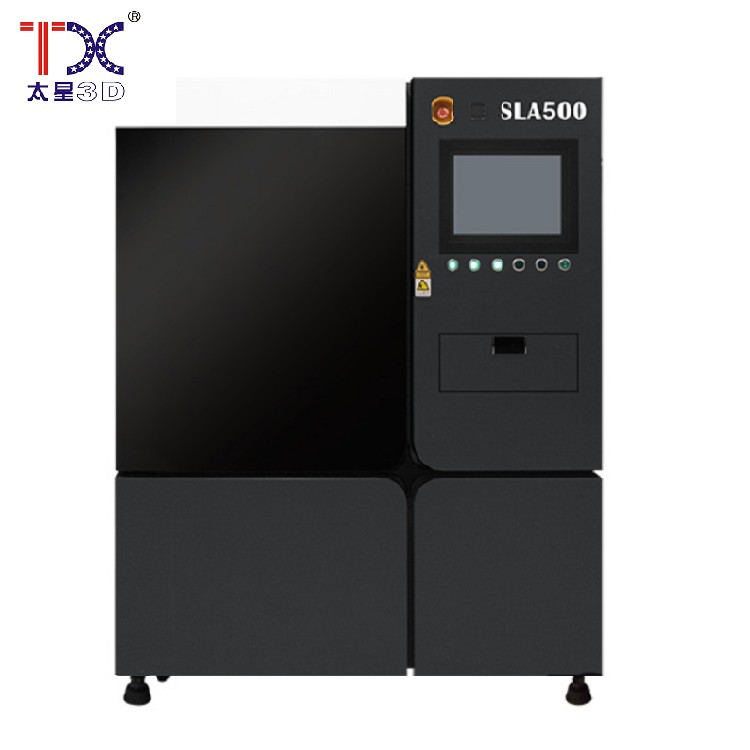 Taisin Light-adoptive 3D printer SLA500
Taisin Light-adoptive 3D printer SLA500 -
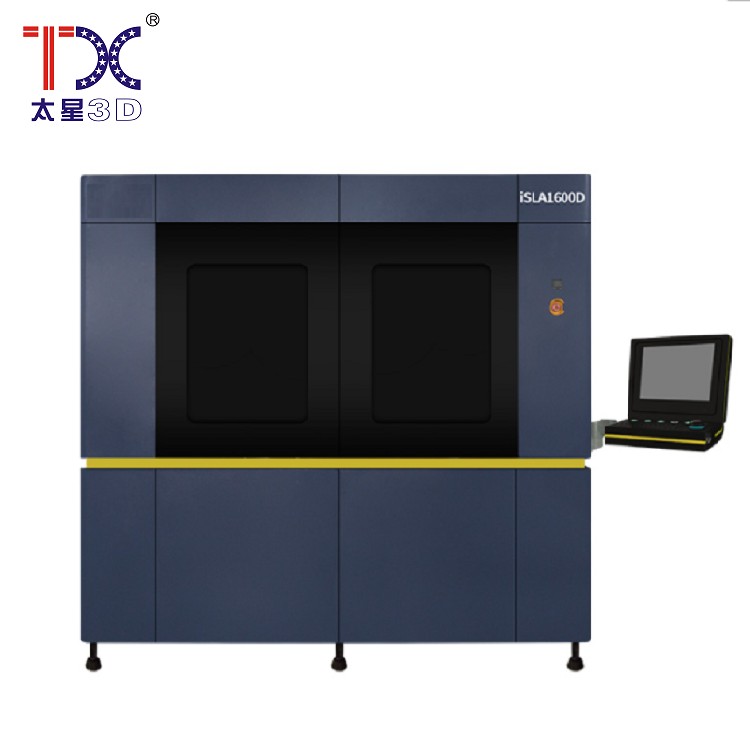 Taisin Light-adoptive 3D printer SLA1600D
Taisin Light-adoptive 3D printer SLA1600D -
 Taisin Metal 3D printer ISLM420DN
Taisin Metal 3D printer ISLM420DN -
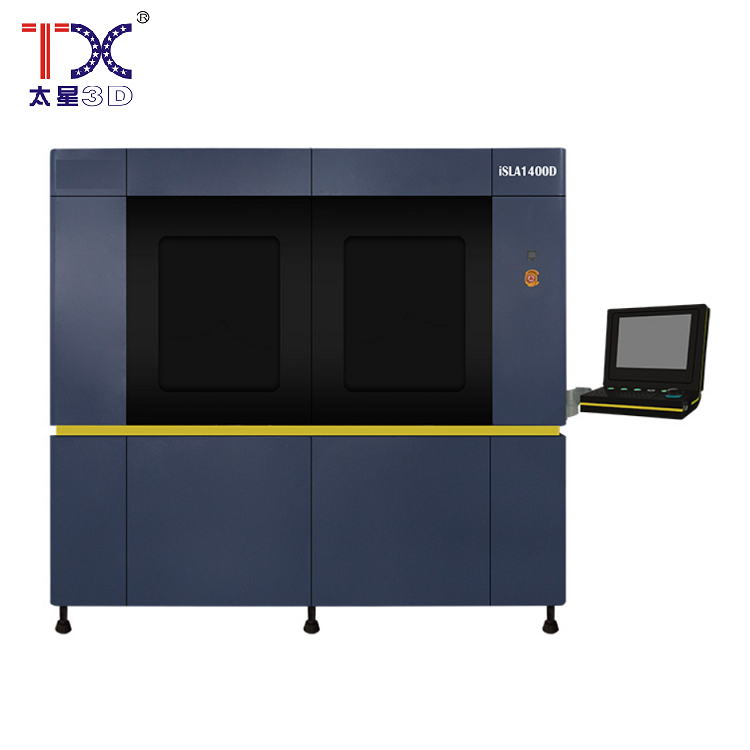 Taisin Light-adopted 3D printer SLA1300D
Taisin Light-adopted 3D printer SLA1300D -
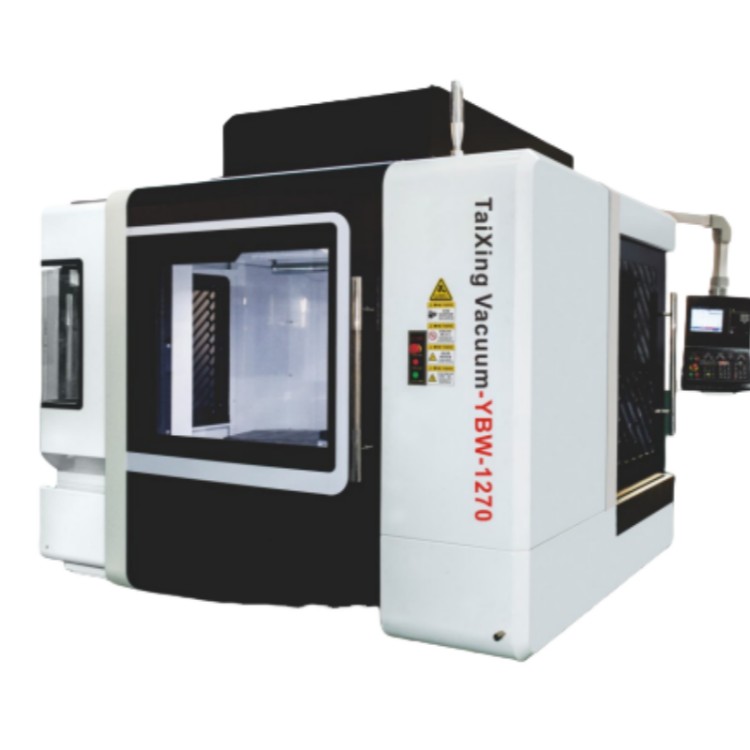 Taisin horizontal processing center YBM-1270
Taisin horizontal processing center YBM-1270 -
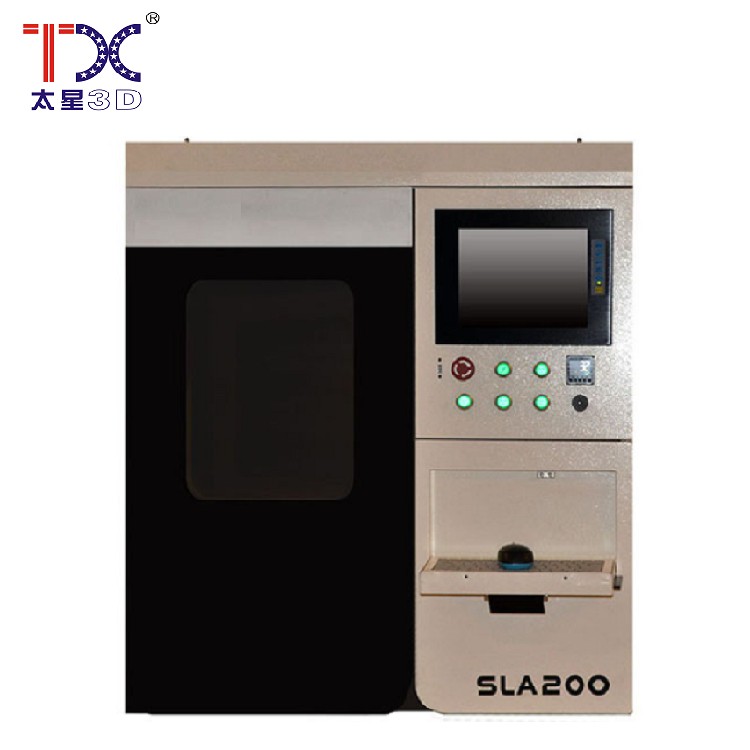 Taisin Light-adoptive 3D printer SLA200
Taisin Light-adoptive 3D printer SLA200 -
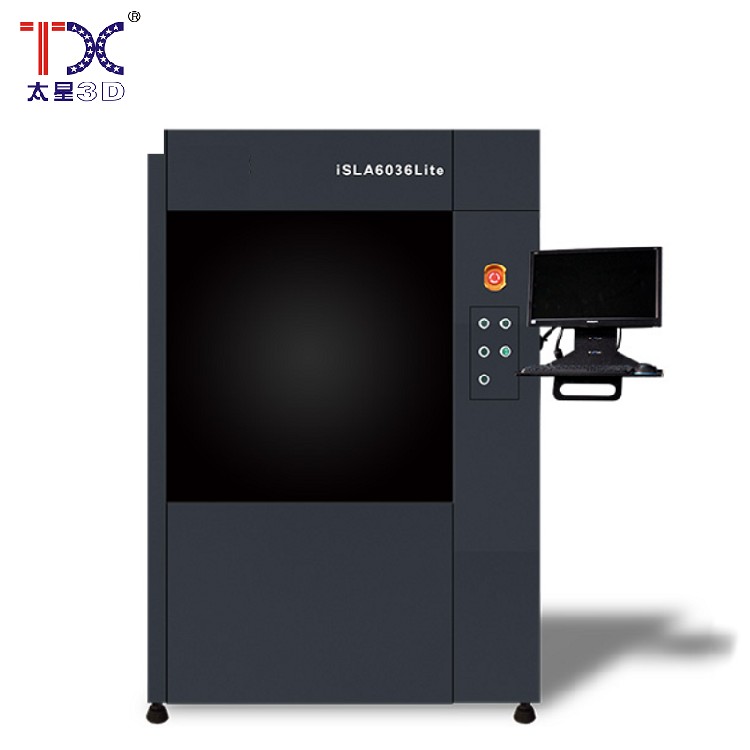 Taisin Light-adopted 3D printer SLA6036
Taisin Light-adopted 3D printer SLA6036 -
 Taisin three-wire rail molding machine of high stiffness TX-6027
Taisin three-wire rail molding machine of high stiffness TX-6027 -
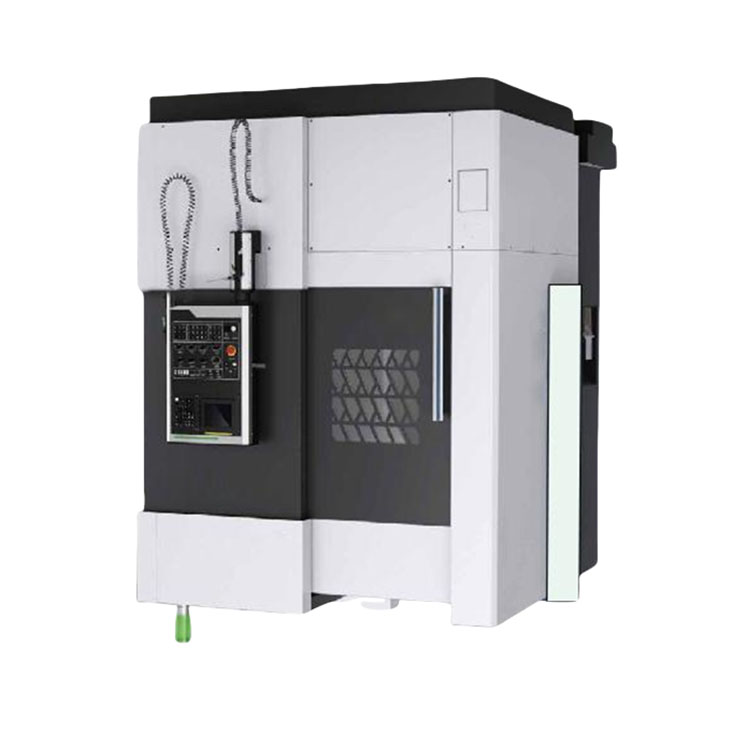 Taisin Vertical CNC TXLC-500 CNC
Taisin Vertical CNC TXLC-500 CNC -
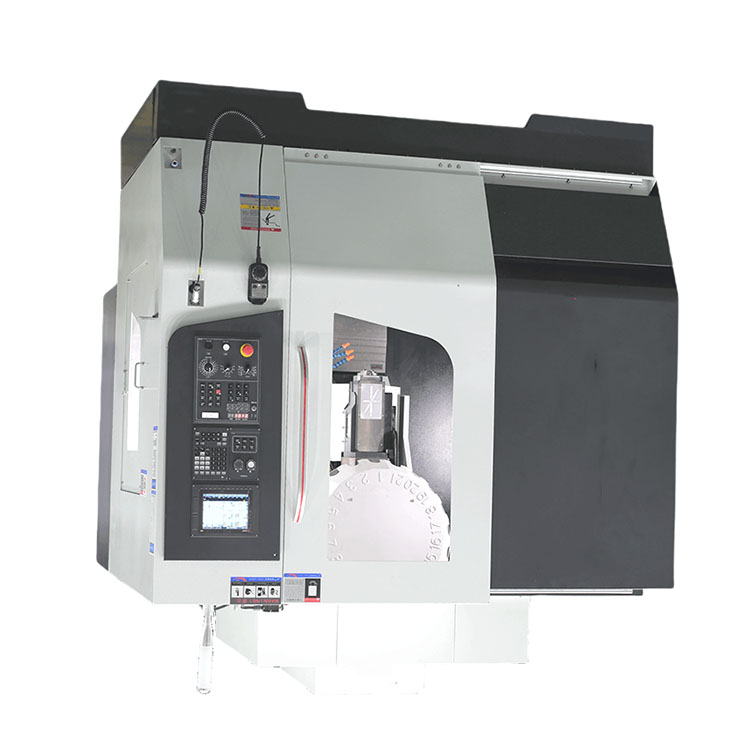 Taisin drilling and threaded-cutting machine with CNC TXT-700
Taisin drilling and threaded-cutting machine with CNC TXT-700
Connectedsearch
Related search- Files for the production of file formats for 3D printing in China
- Chinese suppliers of Pyato -Soseva CNC milling machine
- Cheap factories for 3D printing support structures
- China of CNC VAL CNCs defined factories
- Software for designing 3D printing plants in China
- Fields of use 3D printing
- 2-axial CNC machine PDF
- DLP-printing (digital light processing)
- CNC axis
- Chinese suppliers of models for 3D printing







